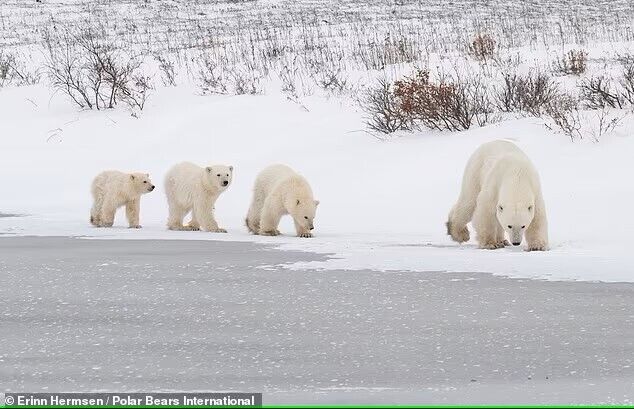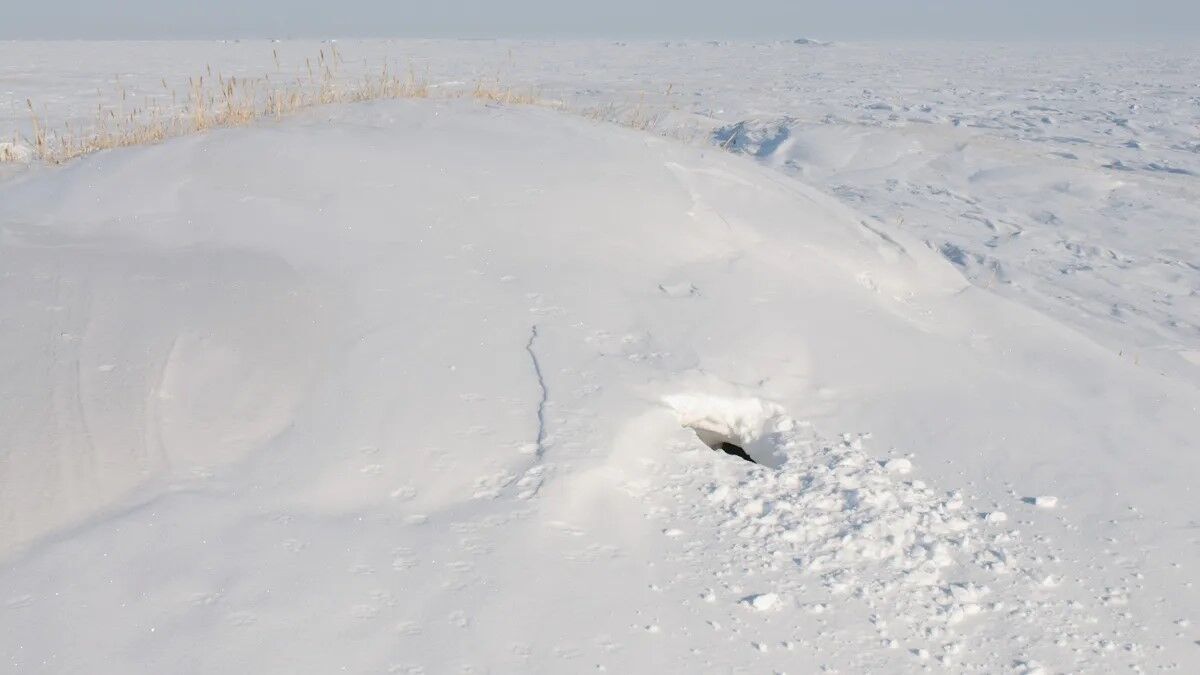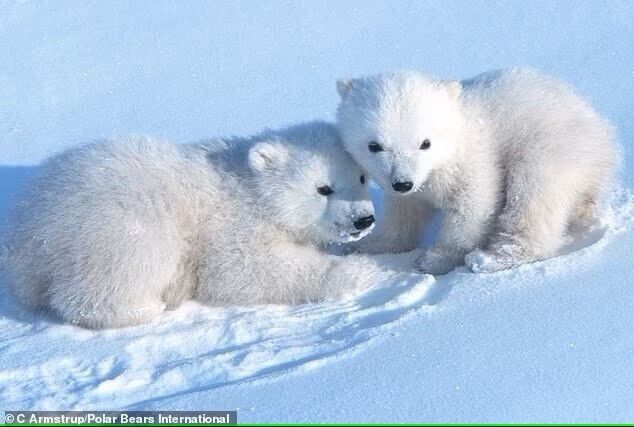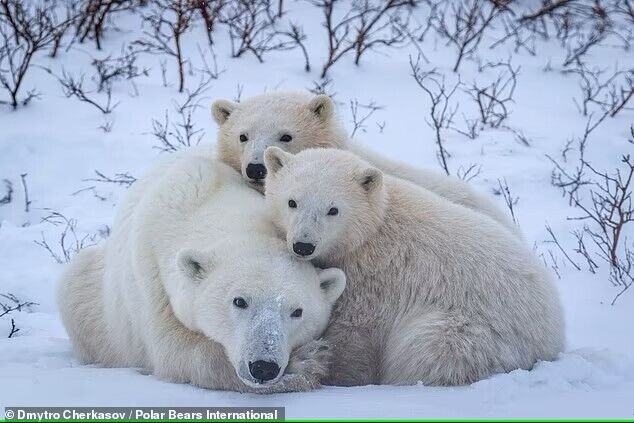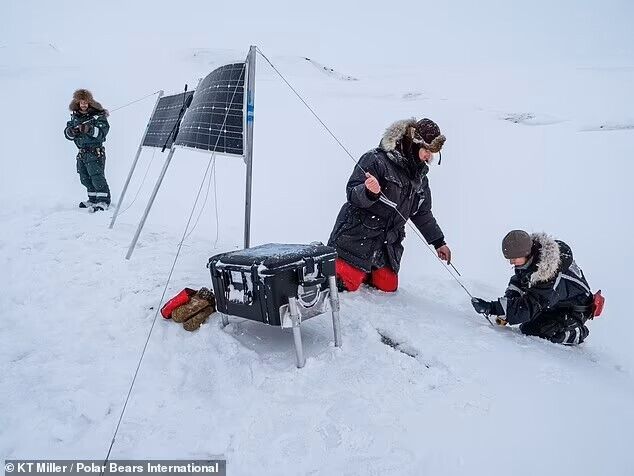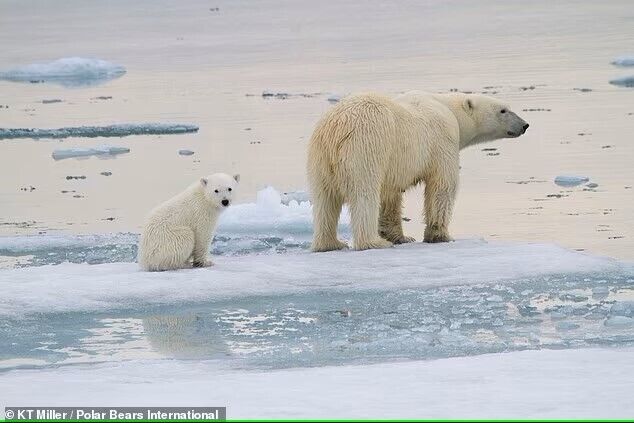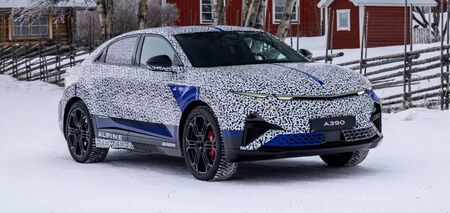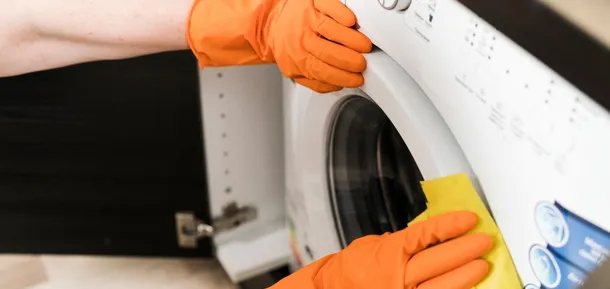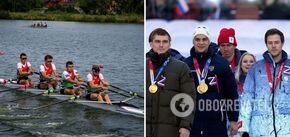News
Zoologists managed to capture polar bear cubs leaving their den for the first time after 10 years of observation
Researchers have been collecting camera footage near the dens of female polar bears and their cubs on the Norwegian archipelago of Svalbard for a decade. Thus, zoologists managed to capture incredible footage of three tiny cubs emerging from the hideout for their first walk.
The unique video shows a polar bear (Ursus maritimus) making her way across the frozen landscape of the Arctic island. And three of her cubs emerge one by one from a hole in the ice before slipping and sliding across the frozen terrain, LiveScience reports.
According to experts, the footage sheds light on the behavior of polar bears in dens, which is difficult to study. After all, females build dens underground in hard-to-reach places.
"It's a pretty special thing to see polar bear cubs emerge into this vast, white landscape that appears so inhospitable," said lead author Louise Archer, a postdoctoral researcher at Polar Bears International at the University of Toronto Scarborough.
"In Svalbard, polar bears build their dens on the slopes of steep mountainous areas, and it's hard to imagine how cubs could find their feet in this severe terrain. Watching them sliding, tumbling, and even climbing up on their mother was truly remarkable," she added.
According to zoologists, maintaining a healthy polar bear population depends on the survival rate of cubs, which is only 50%. The cubs survive only if their dens are undisturbed throughout the winter and they can roam the surrounding area after they emerge. Human activities jeopardize both of these requirements.
"Polar bear mothers are having increasing difficulties reproducing due to climate-driven changes, and are likely to face further challenges with the expansion of the human footprint in the Arctic," Archer said.
A decade ago, Louise Archer and her colleagues fitted 13 females with GPS collars that recorded the animals' location, body temperature, and activity level. The experts used this data to locate the bears' dens before traveling to Svalbard and setting up camera traps for observation.
This is the first study to combine collar data with polar bear camera footage, DailyMail reports, publishing the video.
"Every den we monitored had its own story," the zoologists said.
According to wildlife experts, the bears stayed near their dens for an average of 12 days after hibernation before heading to the sea ice, where mothers teach their cubs to hunt.
Bear cubs stay with their mothers 95% of the time, rarely leaving the den on their own. In general, cubs stay with their mothers for 2.5 years after birth, scientists say.
"We're excited to introduce new tools to monitor bears during this vulnerable time and to gain insight into their behavior across the Arctic, so that we can work to protect cubs and therefore the species," summarized Louise.
Only verified information is available on OBOZ.UA Telegram channel and Viber. Do not fall for fakes!







